
Die Kuratoren
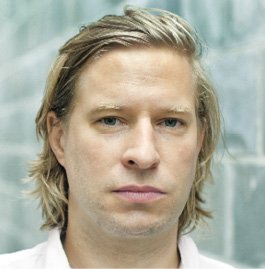
Serge von Arx, (Architect and Professor of Scenography), is the artistic director of the scenography department of the Norwegian Theatre Academy (at Østfold University College). In 1997, von Arx completed his degree in architecture at the ETH Zurich (Swiss Federal Institute of Technology). In 1998, he began his long-term collaboration with Robert Wilson on over 50 stage, exhibition and design projects all over the world, and he is a regular mentor and architectural consultant at The Watermill Center on Long Island, New York. In 2001, he opened his design studio in Berlin and since 2006 he is a resident in Oslo. Between 1998 and 2009, he regularly wrote for the Neue Zürcher Zeitung. Serge von Arx lectures, publishes, runs workshops and works internationally as a scenographer, designer and architect, in practice and research focusing on “performative architecture,” the meeting and subsequent amalgamation of theatre and architecture. In 2019, von Arx was a guest lecturer at Zurich University of the Arts in the Master Program for Curatorial Studies. He curated the architecture section for the Prague Quadrennial 2015 and he was part of the curatorial board for the PQ 2019. He is a member of various boards, notably for the Norwegian Artistic Research Program, and the Scandinavian Artistic Research Journal VIS.
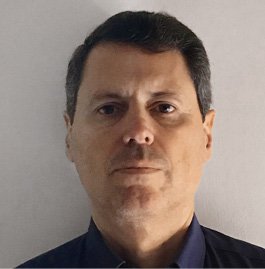
Antonio Becchi (PhD 1994) studied in Genoa, Florence, and Bologna, and spent long research periods in Berlin, Göttingen, Paris, and London. He taught at the Universities of Genoa and Venice (IUAV). His research interests include the history of science, mechanics, art, and architecture.
He is co-founder of the Edoardo Benvenuto Association for the History of Structural Mechanics (1999), Edoardo Benvenuto Prize (2002), Bibliotheca Mechanico-Architectonica (2007), Ornella Osti Francisci Prize (2013), International Federation of Construction History Societies (2018). Since 2010 he is a member of the editorial board of the Max Planck Research Library for the History and Development of Knowledge and co-director of the book series Between Mechanics and Architecture (Edizioni di Storia e Letteratura, Rome). In 2012-2020 he was a member of the Construction History Society Trustees and Management Committee. Since 2012 he has been a correspondent member of the International Academy of the History of Science and referee for the Italian National Agency for the Evaluation of Universities and Research Institutes. Since 2014 he has been a member of the Conseil d’administration of the Association Francophone d’Histoire de la Construction (Paris) and since 2016 of the Scientific Board of the Centro Interdipartimentale Urbino e la Prospettiva (University of Urbino) and of the Werner Oechslin Library Foundation (Einsiedeln). 2018-2019 he was a Visiting Fellow at the Warburg Institute (London).
He is currently working on the history of the Codices Forster (Victoria & Albert Museum, London) and the Codex Ashburnham 361 (Biblioteca Laurenziana, Florence), and on the projects In-Camera-Out and Disiecta Membra. Tracing the History of the Albani Libraries.
Selected publications: Q.XVI. Leonardo, Galileo e il caso Baldi: Magonza, 26 marzo 1621 (Marsilio, Venice, 2004), Guidobaldo del Monte (1545-1607). Theory and Practice of the Mathematical Disciplines from Urbino to Europe (co-edited with D. Bertoloni Meli and E. Gamba, edition-open-access, Berlin, 2013), Philippe de La Hire 1640-1718. Entre architecture et sciences (co-edited with H. Rousteau-Chambon and J. Sakarovitch, Picard, Paris, 2013), Naufragi di terra e di mare. Da Leonardo da Vinci a Theodor Mommsen, alla ricerca dei codici Albani (Edizioni di Storia e Letteratura, Rome, 2017), Construction History. Survey of a European Building Site (co-edited with R. Carvais and J. Sakarovitch, Classiques Garnier, Paris, 2018).
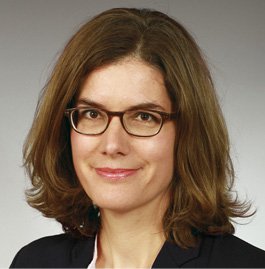
Sabine Hoffmann, Art Historian
Completed studies in art history, history, and archeology in Heidelberg and Siena, conducted a several-year research stay at the Kunsthistorisches Institut (MPI) in Florence, and worked at the Photographic Collection of the Bibliotheca Hertziana (MPI) in Rome. In 2008, Hoffmann completed a PhD at the University of Münster (subject: Ein Heiliger und sieben Gründer. Der Freskenzyklus zu den Ursprüngen des Servitenordens im Chiostro dei Morti der Santissima Annunziata in Florenz 1604–1618, published in the series I Mandorli of the Kunsthistorisches Institut in Florence), followed by a traineeship at the Gemäldegalerie der Staatlichen Museen zu Berlin–Preußischer Kulturbesitz. She has worked on numerous international exhibition cooperations on Renaissance and Baroque painting and sculpture, including the 2011 “Renaissance Faces” (Bode Museum and Metropolitan Museum of Art, New York); the 2015/16 “Botticelli Renaissance” (Gemäldegalerie SMB and V&A, London), 2016 "Siglo de Oro. The Age of Velázquez" (Gemäldegalerie SMB and Kunsthalle München), and 2018/19 "Mantegna and Bellini" (Gemäldegalerie SMB and National Gallery, London).
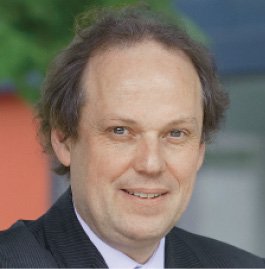
Jürgen Renn’s research concerns the long-term developments of knowledge in consideration of processes of globalization and the historical dynamics that led to the Anthropocene. In over two decades at the MPIWG, his numerous research projects in knowledge development in relation to different cultures and historical periods have opened up new approaches, especially in the digital humanities. His central research topics include the origins of science in Europe and China, and the development of mechanics from antiquity to the twentieth century, including knowledge exchanges between Arabic and Latin language areas as well as between Europe and China in the early modern period. Additional research interests include the history of architectural knowledge and the history of modern physics, particularly the theory of relativity and quantum theory. On the basis of this research, a theory of knowledge evolution has emerged that incorporates cognitive dynamics as well as social contexts. Jürgen Renn has promoted the communication of scientific knowledge through a multitude of exhibitions, newspaper articles, television reports, and interviews and is deeply engaged in sustainability discussions at the intersection of science and politics.
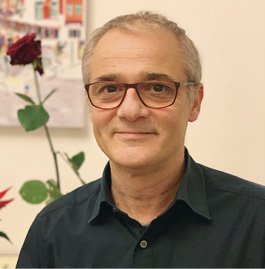
As Principal Investigator in the frame of the Berlin Institute for the Foundations of Learning and Data (BIFOLD) Matteo Valleriani develops Machine Learning technologies specifically for the humanities. In the frame of computational humanities he applies precepts of the physics of complex systems to model highly-dimensional datasets created on the basis of large corpora of historical sources.
Among his publications, he has authored the book Galileo Engineer (Springer 2010), is editor of The Structures of Practical Knowledge (Springer Nature 2017), and published De sphaera of Johannes de Sacrobosco in the Early Modern Period. The Authors of the Commentaries (Springer Nature 2020)